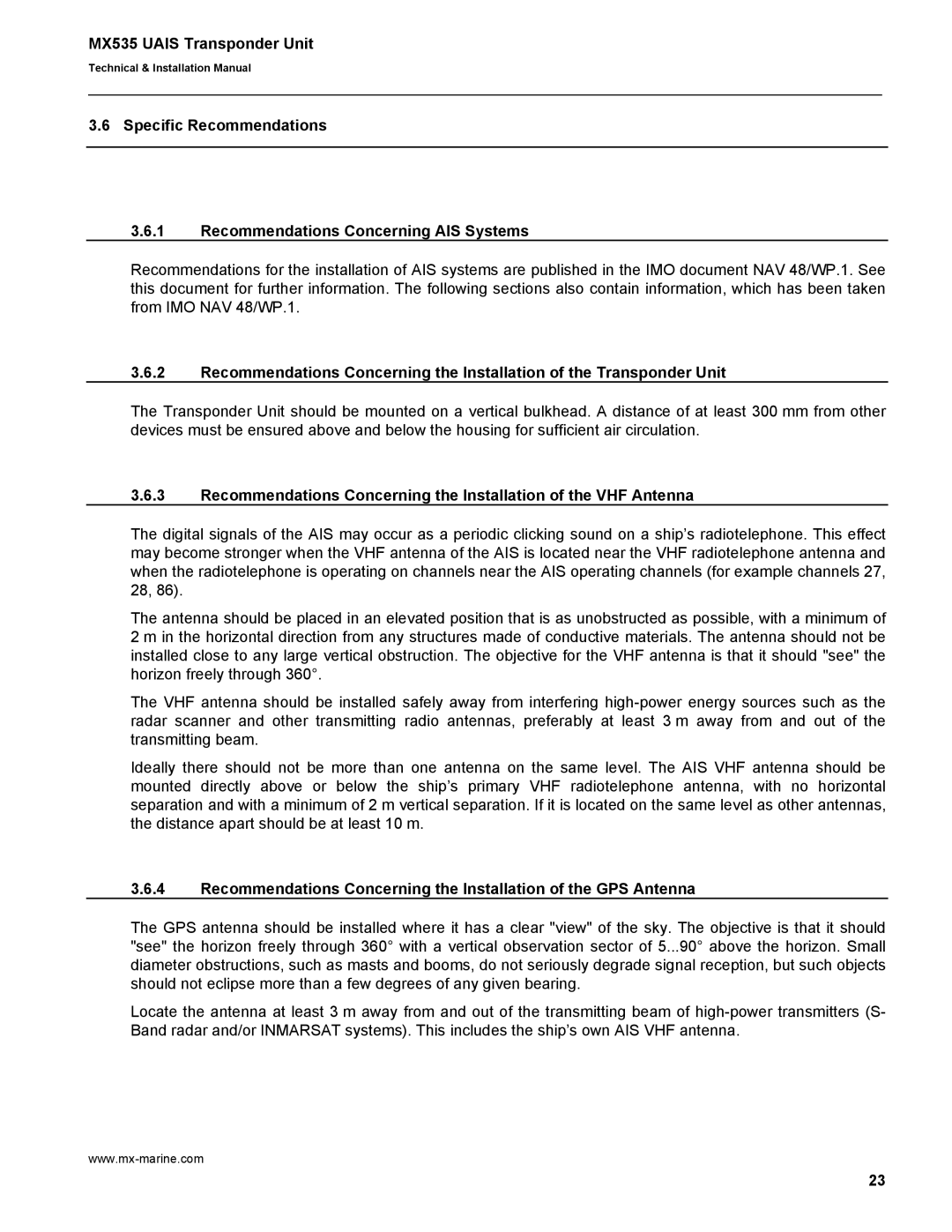MX535 specifications
The Leica MX535 is a compact and sophisticated point-and-shoot camera designed for photography enthusiasts who appreciate both portability and high-quality imaging capabilities. Known for its exceptional optical performance and robust build quality, the MX535 offers a unique blend of classic Leica aesthetics with modern technological advancements.One of the standout features of the Leica MX535 is its 24-megapixel CMOS sensor, which delivers stunning image quality with high resolution and impressive detail. Coupled with the Leica Maestro image processor, it ensures fast processing speeds and excellent noise control even at higher ISO settings. Photographers can expect vibrant colors and dynamic range, making the MX535 ideal for various shooting conditions.
The camera is equipped with an integrated optical viewfinder, providing a clear and bright view of the scene. This feature is particularly favored by photographers who enjoy composing their shots visually rather than relying solely on electronic displays. The 3-inch LCD screen on the back provides intuitive access to settings and playback, making it easier to review images in bright sunlight.
A significant technological advancement in the Leica MX535 is its autofocus system, which employs contrast detection and offers multiple focus points for greater precision. This system allows for quick focus adjustments and ensures that subjects remain sharp even in challenging lighting situations. Additionally, the camera features different shooting modes, including manual focus, giving photographers the flexibility to achieve their desired creative vision.
The MX535’s construction is robust, featuring a magnesium alloy body that not only enhances durability but also provides a comfortable grip. Its weather-sealed design makes it suitable for outdoor photography and protects it against dust and moisture, providing versatility for photographers who enjoy various environments.
Another key characteristic of the Leica MX535 is its compact design, making it easy to carry anywhere without compromising on quality. With its sleek lines and classic design elements, it attracts attention while embodying the timeless heritage of Leica cameras. The camera also supports full HD video recording, allowing users to capture motion alongside still images with stunning clarity.
In conclusion, the Leica MX535 stands out as a premium compact camera that combines exceptional image quality, advanced technology, and an elegantly durable design. With its impressive features, it caters to both amateur and experienced photographers who seek a reliable and stylish camera for everyday use or special events.

